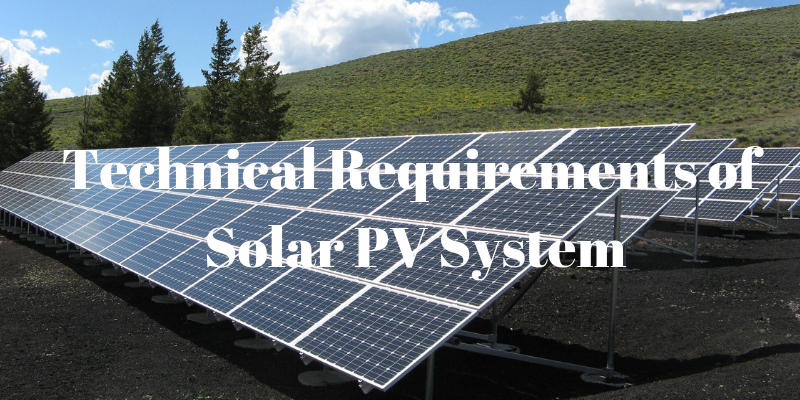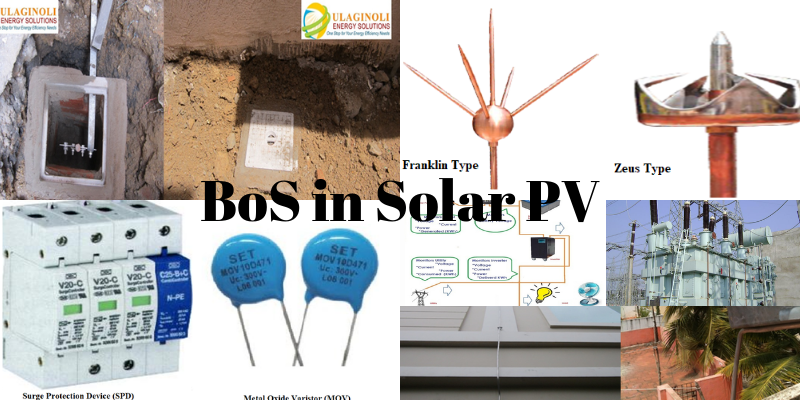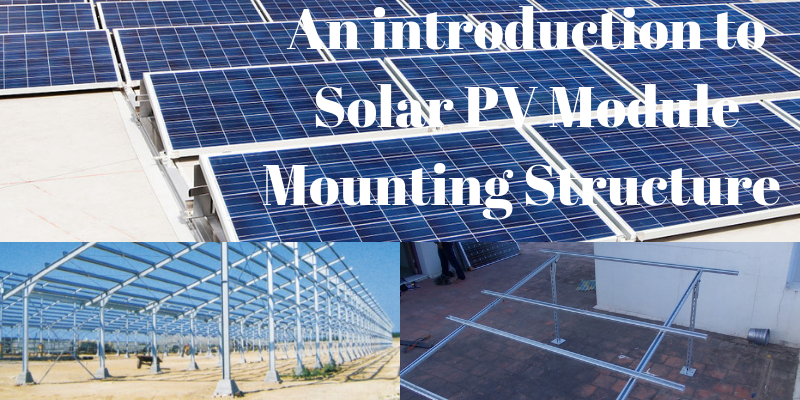Hawaii Riding High On Solar Power
By Reginald Norris | October 22, 2010
People who visit Hawaii are typically struck by the same things that every other tourist is: crystal clear water, epic surf and lush landscapes. What many people fail to realize is that the tiny little state of Hawaii is one of the national leaders in solar energy.
For starters, Hawaii is the largest state market for Solar water Heaters. In fact, prior to 2006, about half of the solar hot water heaters sold in the United States were installed in Hawaii. Furthermore, the total grid-connected photovoltaic capacity installed in Hawaii increased by 48% from 8.6 megawatts in 2008 to 12.7 megawatts in 2009 making Hawaii the sixth fastest solar PV growth state over this period. Lastly, Hawaii ranked second in the nation in 2009 for installed solar power per person with 20.2 megawatts. In fact, Hawaii installed more solar power per person than California in 2009 showing just how widely solar power has been accepted throughout the state.
Why has Hawaii become such a hot bed of activity for solar power? For starters, Hawaii has the highest electricity rates in the country, partly due to the fact that 90% of Hawaii’s energy comes from imported petroleum. $7 billion annually flows out of the state to meet Hawaii’s energy needs. And on the solar thermal side, installation costs are relatively low because Hawaiian solar installers do not have to worry about the effects of freezing on installed solar systems equipment. However, the true reason for the success of Hawaii’s solar power market is due to tremendous government support.
To begin, under the Hawaii Global Warming Solutions Act, Hawaii aims to reduce greenhouse gas emissions to 1990 levels by 2020 and the state has set a goal of meeting 70% of Hawaii’s energy needs through clean energy sources by 2030. As a result of these macro energy goals, Hawaii has strongly committed itself to a path where renewable energy sources must be developed and promoted.
Accordingly, the Hawaiian state government has implemented a number of rebates and financial incentives to help promote the adoption of solar energy. For example, there are a number of rebates throughout Hawaii for solar waters heaters:
- The Hawaii Energy Efficiency Fund, a public benefit fund, offers residential rebates of $750 for solar water heaters;
- Residents who install a solar water heat system can receive a one-time, $1,000 rebate from the Hawaii Electric Company (HECO) Energy Solutions Program; and
- Through the Kaua’i Island Utility Cooperative’s Energy Wise Program, Kaua’i residents may be eligible to receive an $800 rebate when they install a qualifying solar water heating system.
Furthermore, Hawaii has adopted a strong tax credit incentive to help people afford the cost of different types of solar products for their home or business:
- For solar panel systems – tax credit of 35% of project costs or $5,000, whichever is less; and
- For solar thermal (solar hot water) systems – tax credit of 35% of project costs or $2,250, whichever is less.
What’s truly remarkable about Hawaii’s solar tax credit system is that they may be used in conjunction with the federal renewable tax credit (which not all states allow) which can further reduce a potential consumer’s tax liability thereby making solar more affordable. And recently, Hawaii amended its tax credit incentive program providing option of Hawaiian taxpayers to claim a refund, instead of a tax credit for the purchase of a solar water heater or solar panel system. When Hawaiian consumers were only allowed to make these solar purchases using a tax credit as an incentive, some taxpayers were not able to take advantage of the financial incentive if they had no tax liabilities. So, those consumers on a fixed income or those consumers that did not owe taxes were precluded from taking advantage of the tax credit. With a refundable tax credit, more consumers may be able to purchase and install these renewable energy systems which will reduce their monthly utility bills and reduce Hawaii’s dependence on imported fossil fuels.
Hawaii’s government has even gone so far as to exempt the value of a renewable energy source from a property owner’s property taxes. Specifically, the alternative energy source (ie. solar power, solar hot water, wind power, hydropower, etc.) installed on a building, property, or land is exempt from property taxes for 25 years. This means property owners will not be hit with a higher property tax bill for making the switch to renewable energy. Energy sources based on fossil fuels, nuclear fuels or geothermal energy are not eligible for this exemption.
Hawaii is also one of the few states in the U.S. that has adopted a feed-in-tariff system for solar energy. A feed-in-tarrif is essentially where your utility company has to pay you cash for the amount of energy your system produces above the amount you consume. Currently in Hawaii, participating utility companies (HECO, MECO and HELCO) are paying $0.218/kWh for solar panel systems that are less than or equal to 20 kW; and $0.189/kWh for solar panel systems that are greater than 20 kW and less than or equal to 500 kW. Hawaii has not set rates for systems that are greater than 500 kW just yet. Assuming that the average U.S. home uses approximately 8,900 kWH per year, a solar equipped homeowner could be looking at payments from their utility between $1,680 and $1,940 each year!
As you can see, solar power in Hawaii is a booming industry and is only going to get bigger due to the tremendous government assistance. From rebates to tax credits/refunds and feed-in-tarrifs, Hawaii is quickly becoming the model state for supporting solar power.



